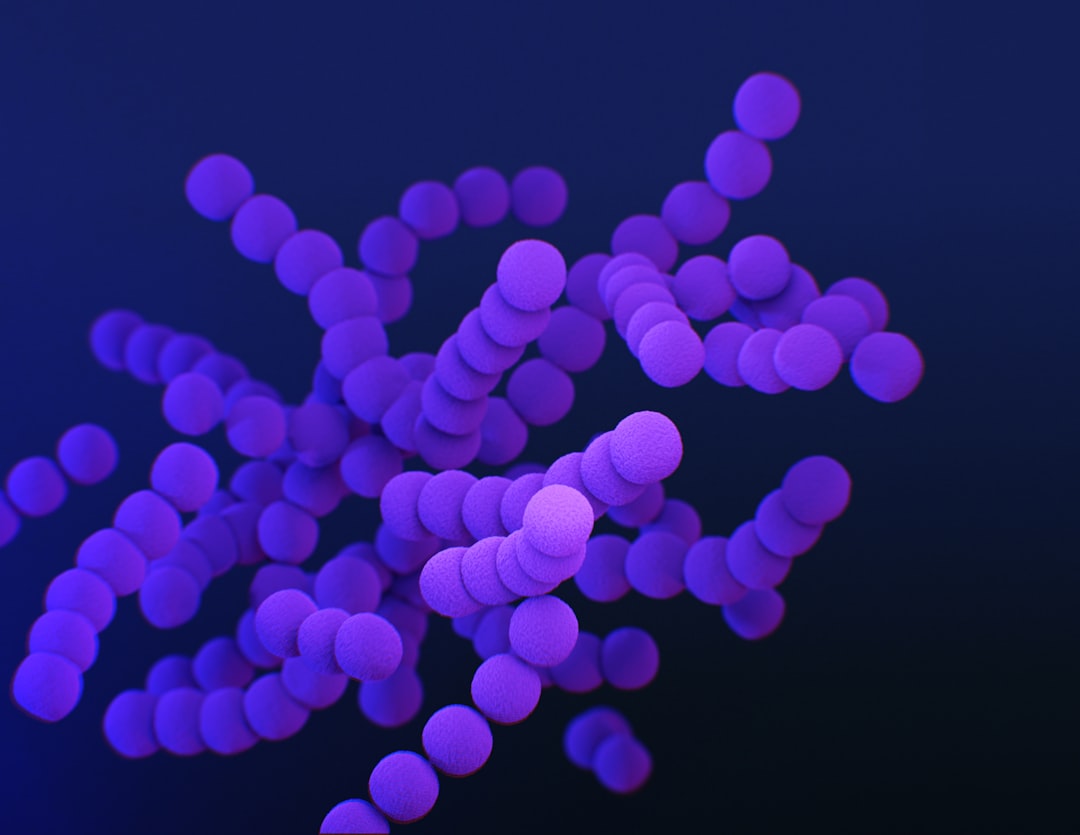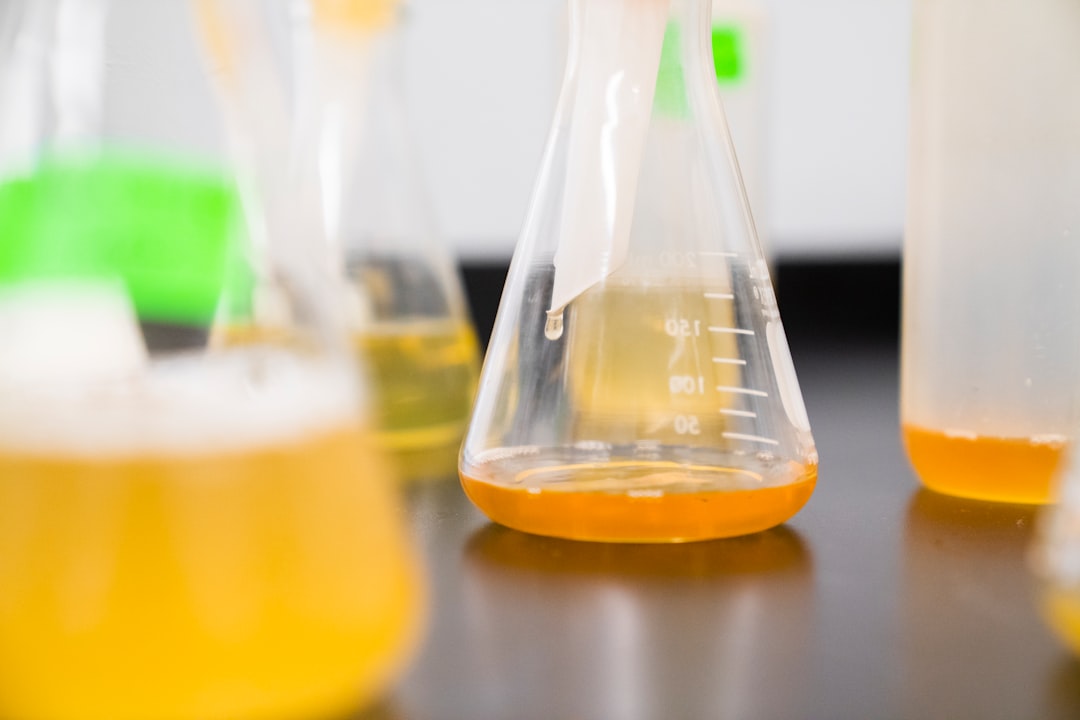What is it about?
In this study, the authors focus on the purification of water from the traces of diclofenac which is an antiinflammatory often known under the name of voltaren. Diclofenac has been chosen because of its high consumption quantities around the world. Therefore, the presence of its traces in the water is inevitable, which remains an important issue towards the public health. This paper present experiment results of the removal of diclofenac by the adsorption process, using modified layered double hydroxides and montmorillonite clay. The investigated materials are promising adsorbents for diclofenac removal and shall be recommended for testing in larger scale industrial facilities.
Featured Image
Why is it important?
Our findings show that one gram of layered double hydroxide could adsorb more than 737 milligram of diclofenac and the modified montmorillonite present an adsorptive capacity up to 55 mg/g. Layered double hydroxide exhibited more than 80% adsorption uptake capacity after four regeneration cycles.
Perspectives
In This work there is a combination of two types of materials, the first one is anionic (layered double hydroxide) and the second one is cationic (montmorillonite clay). The modification of layered double hydroxide by calcination and the organo modification of the montmorillonite lead us to explain the mecanism of diclofenac adsorption in two different ways. The synthesis samples are very promising adsorbent compared with other adsorbents used in other studies for diclofenac removal.
Ms Boukhalfa Nadia
Universite Ferhat Abbas Setif 1
Read the Original
This page is a summary of: Synthesis and characterization of ZnAl-layered double hydroxide and organo-K10 montmorillonite for the removal of diclofenac from aqueous solution, Adsorption Science & Technology, March 2017, SAGE Publications,
DOI: 10.1177/0263617416666548.
You can read the full text:
Contributors
The following have contributed to this page










